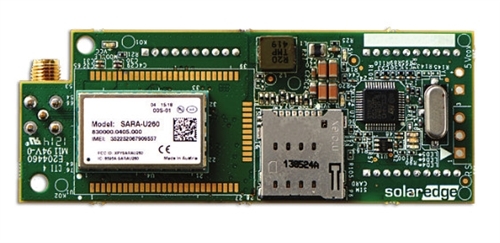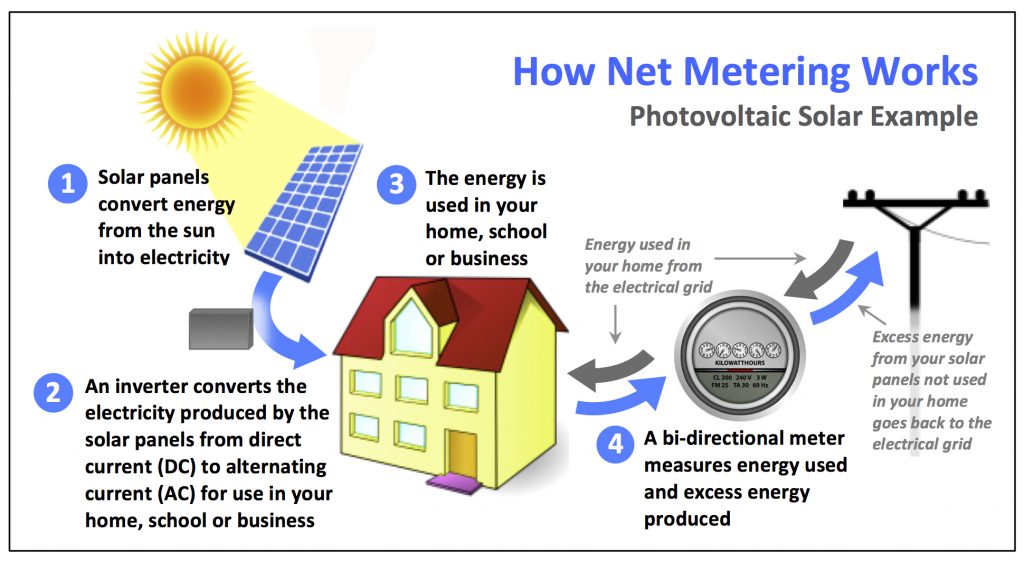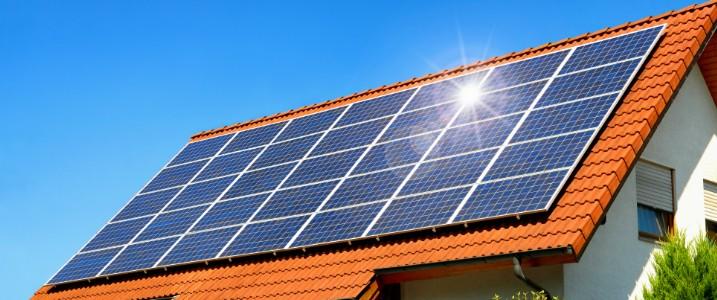There have been emails floating around to customers who currently have SolarEdge inverters for their solar system that the 3G network card needs to be upgraded. This is due to the fact that AT&T is sunsetting 3G from their network. As such, transmission of activity from the solar inverter to the main hub for support and logging of power creation for monitoring electric creation will stop once the 3G network is taken offline.
So now what? Well, in order to continue, one remedy is to upgrade the network card in the solar inverter to 4G or 5G. This can be done so at a cost of approximately $500 plus installation. This means that whenever communications protocols are made obsolete, you would have to purchase another network card.

However, a more economical solution is to connect the inverter to the wifi network in your home. This way, the inverter will use whatever network is currently used to communication via the internet. This connection to the wifi can be accomplished through connecting an ethernet cable from the inverter to your internet modem, or by using a wifi network extender to connect to the your wifi network.
I, for one, chose a network extender as it is the easiest to install and does not require fishing a wire from the inverter to the internet (cable) modem. I installed a Linksys RE6300 which has an ethernet port that can be used to connect to the inverter.



